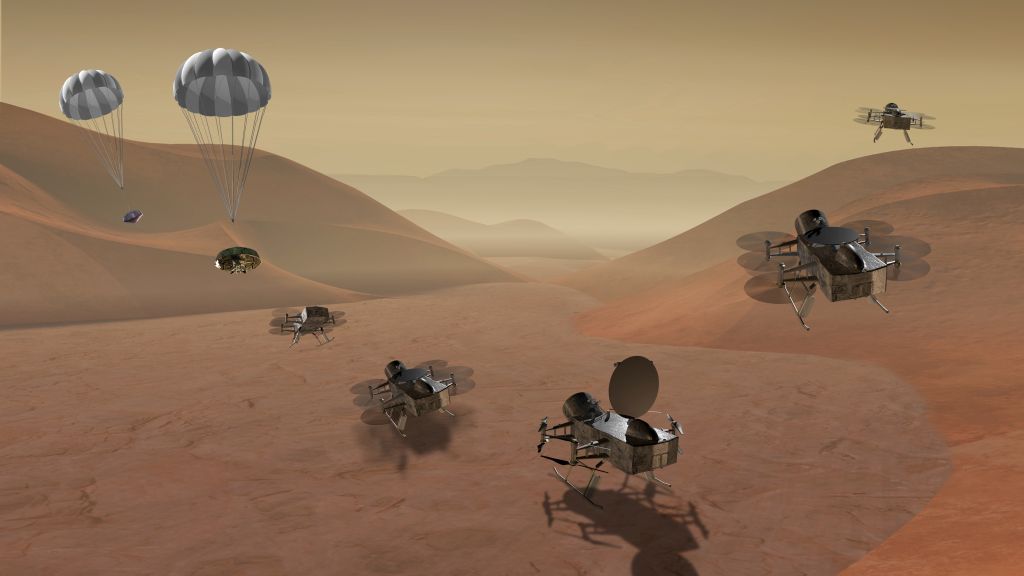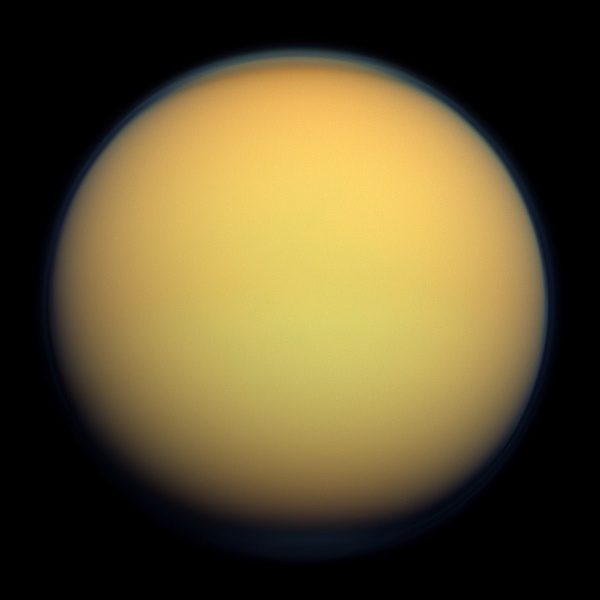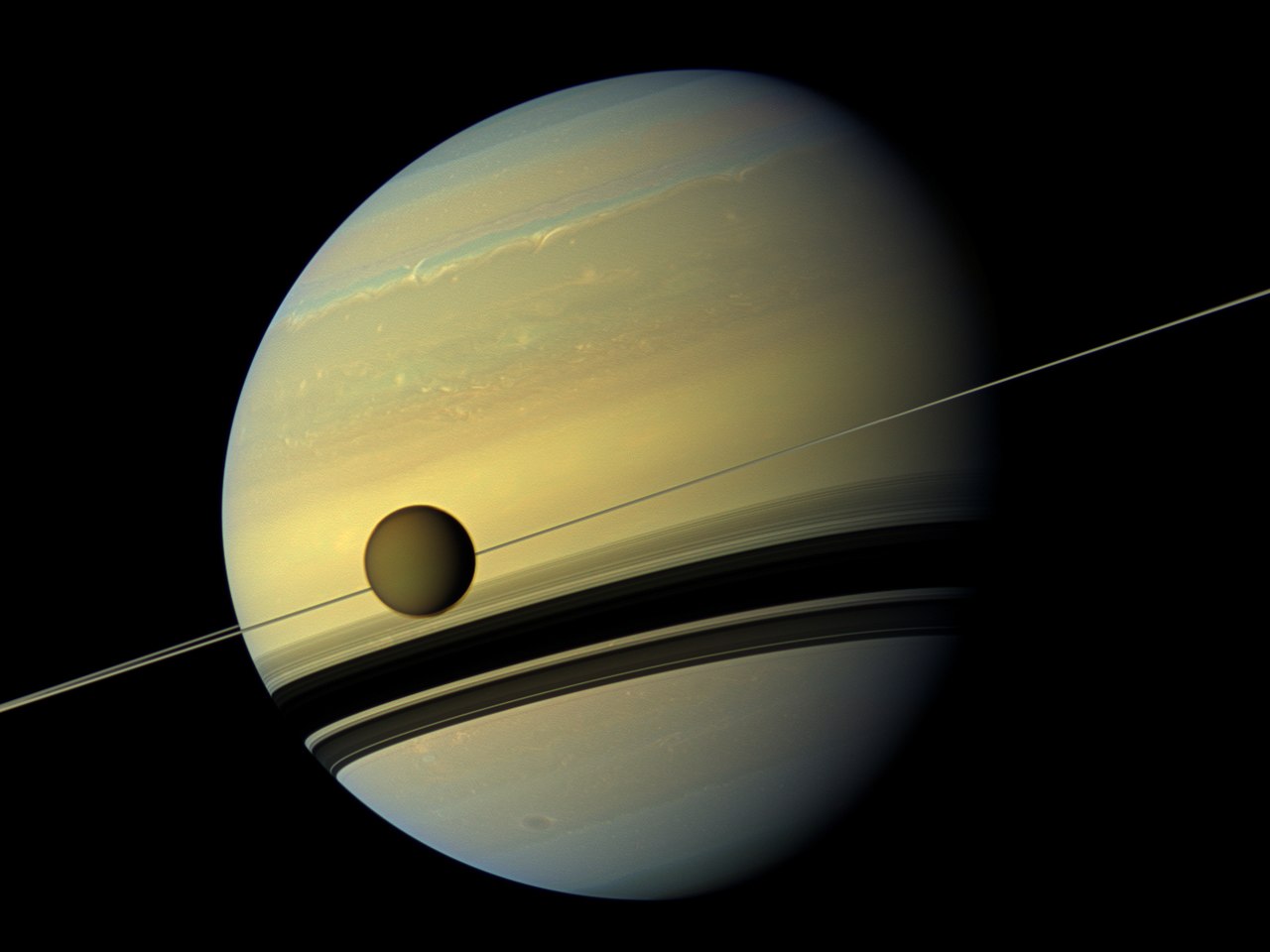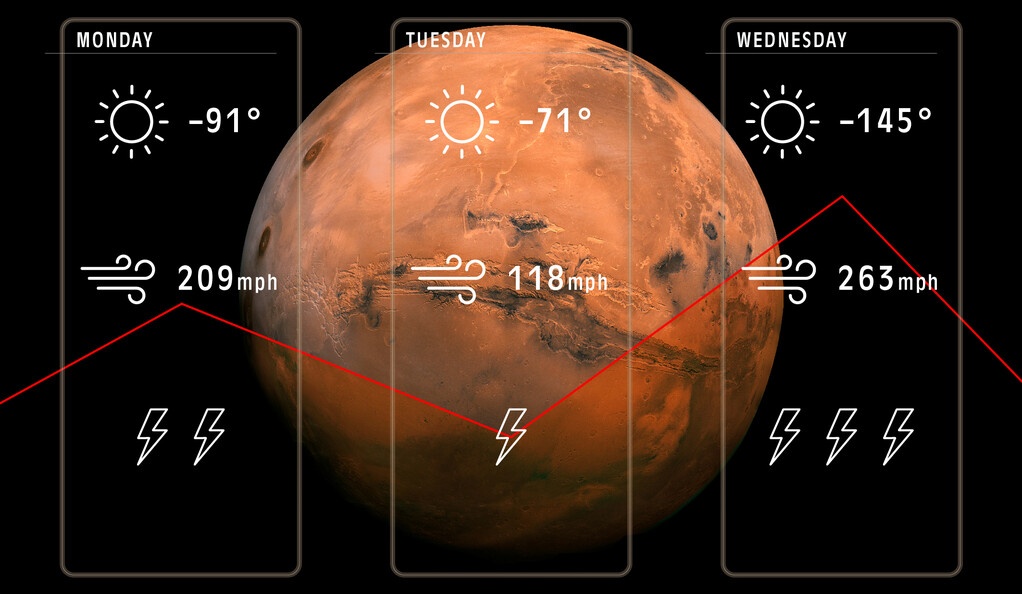In a little over four years, NASA’s Dragonfly mission will launch into space and begin its long journey towards Titan, Saturn’s largest moon. As part of the New Frontiers program, this quadcopter will explore Titan’s atmosphere, surface, and methane lakes for possible indications of life (aka. biosignatures). This will commence in 2034, with a science phase lasting for three years and three and a half months. The robotic explorer will rely on a nuclear battery – a Multi-Mission Radioisotope Thermal Generator (MMRTG) – to ensure its longevity.
But what if Dragonfly were equipped with a next-generation fusion power system? In a recent mission study paper, a team of researchers from Princeton Satellite Systems demonstrated how a Direct Fusion Drive (DFD) could greatly enhance a mission to Titan. This New Jersey-based aerospace company is developing fusion systems that rely on the Princeton Field-Reversed Configuration (PFRC). This research could lead to compact fusion reactors that could lead to rapid transits, longer-duration missions, and miniature nuclear reactors here on Earth.
Continue reading “What if Titan Dragonfly had a Fusion Engine?”









